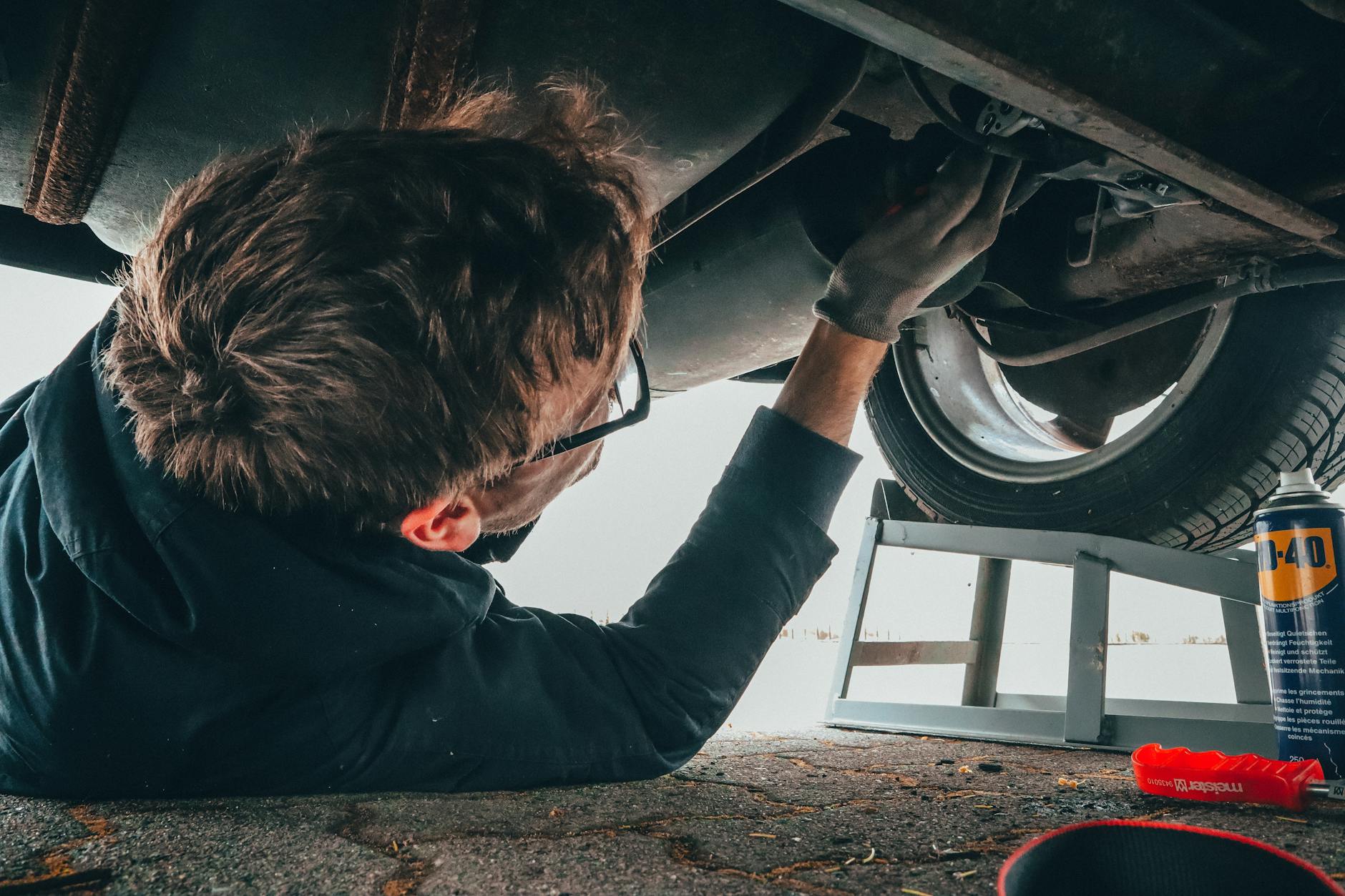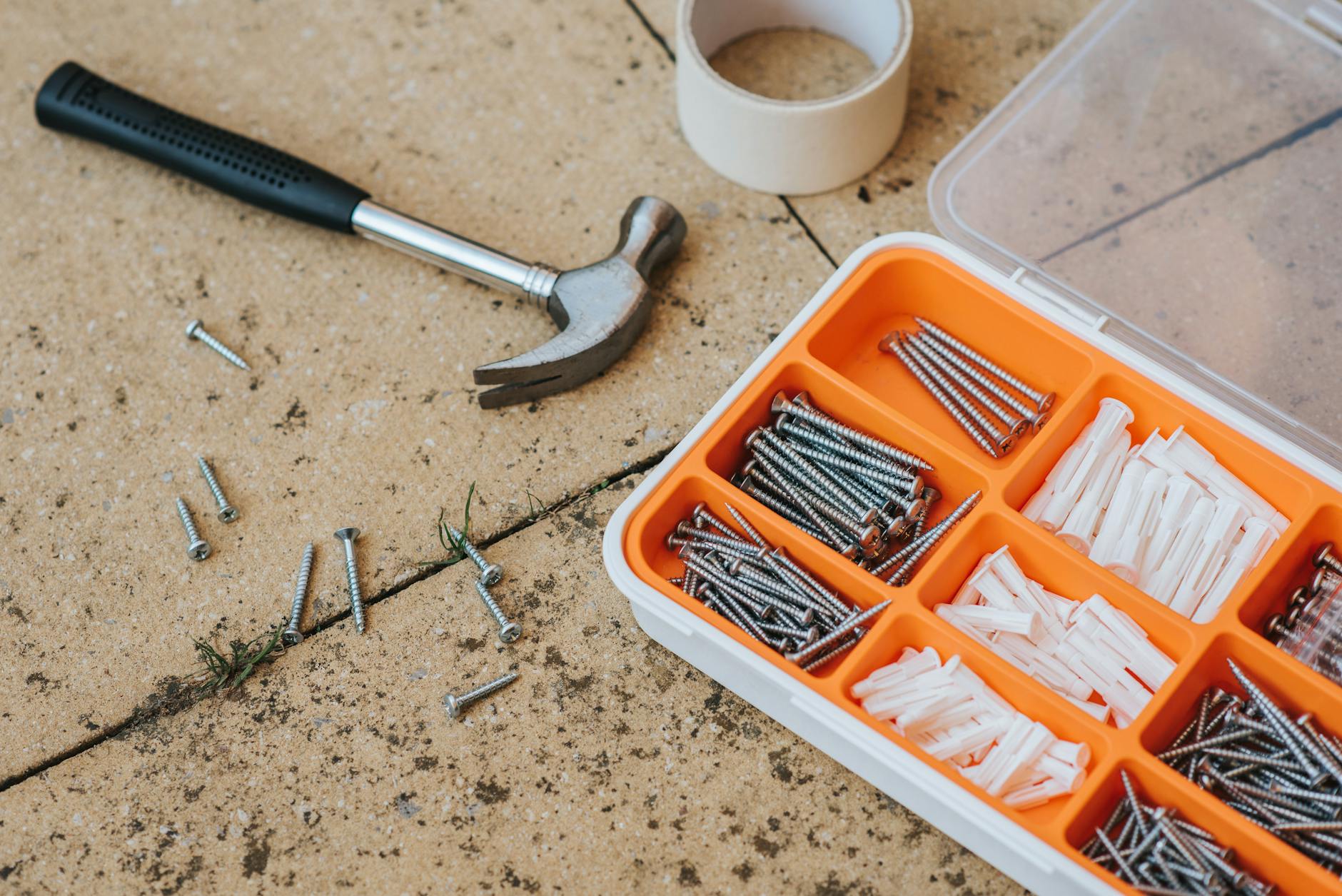Jon said, “Apple is definitely not that innovative”, but sometimes to me, its the simpler things that make innovation happen. A good example is trying to keep this house as smart as possible. It is definitely complicated. Two examples are trying to get the new Xiao Mi RoboRock S8 running. So for those of you trying to get it work, here are some things to note:
You can only connect to WiFi with your iPhone in Airplane Mode
The new RoboRock S8 has been getting good reviews so it arrived from Walmart pretty promptly and then the fun begins. You have to use a QR code to get it to recognize the iPhone. There is no Bluetooth LE, so it is relying on ad-hoc WiFi from the thing. And every time I searched for it in WiFi mode, it would say the phone cannot connect.
There is a lot on the Internet about these problems, but it only supports WiFi 2.4, it can’t have special characters in the SSID password and it requires DTIM set to 1. But still, it wouldn’t work. I also tried turning off my NordVPN Threat Protection and VPN, but no joy.
Thank goodness for Reddit though, it turns out the trick is that cellular cannot be turned on (I really can’t figure out why). Or you can use an iPad without cellular, then it works.
Connect to Homebridge only from the Mi Home app, not Roborock
Now I wanted to get the Homebridge plug-in so that I can use it with Apple Home. So you can say, “Hey Siri vacuum the family room. Turns out there is a Roborock Plugin and this is where you find out it is really closely linked to Xiaomi (Xiaomi) made an investment and Roborock uses them for manufacturing) and you need to extract a token from it to get it to work. And the functionality is that you can use it with either the Xiaomi or Roborock application, but there is currently no way to get the token out of the RoboRock application which is kind of sad with Homebridge, it does work with Home Assistant which is way more general purpose and I guess I could switch to it.
Mi Home connection is easy
Either that or go through the nightmare of repairing the Roborock to Xiao Mi Home. Ugh! But in any case, this was quickly done, if a little confusing. The main confusing thing is what happens if you have multiple levels. The good news is that, unlike the Roborock application, you don’t have to run this one in Airplane Mode, so it does just work as you would expect.
The Mysteries of Multi-Level Mapping
The instructions say that you just plop the thing on different levels and it should figure things out. I didn’t find this actually happened, with a split level, we actually have six different levels across two floors (argh!) so the main trick is that when you connect to the Roborock, you click on the three dots and then manage maps. This lets you position the device and create a New Map. Then you can put it down and as it just to map rather than to clean.
Automatic Positioning doesn’t always work
The one thing they say is that you can plop the thing on any level and it will try to automatically try to figure out where it is. I’ve found that this is not very reliable so make sure you put the device where you started the map and then wait for a big to make sure it finds the correct map.
The Missing Manual and the cleaning of the mop and other things
There is no manual, so go to the product page and then you can download it and it’s on the site but hard to find. The main things to know are:
- For the basic S8, there is a small vacuum holder and you just open up the front of it and then there is a box that you pull out. There are two tabs which you press and you can open it. Then there is the top section where you can open the filter and wash it. I find that after one run, you have to change it.
- Then for the mop, you need to make it damp and there are velcro attachments. YOu need to sun dry the mop otherwise it will mildew. So beware of that and change it every six months.
- The water container is pretty small and you can get Roborock cleaner for it. We normally just use water as our floors are pretty clean.
- Finally, it pays to look at the wheels and things and remove hair and string and other stuff that may get in the way.
Overall the thing works amazingly well and identifies things (which is pretty amazing since it doesn’t have a camera but does have LiDAR).
Still Left to Do: MiHome Token and Homebridge
So the remaining item is to suck out the authentication token from Mi and then plug that into Homebridge, but almost there! (Ironically since Apple Home has no vacuum cleaner yet, it is implemented as a fan 🙂






